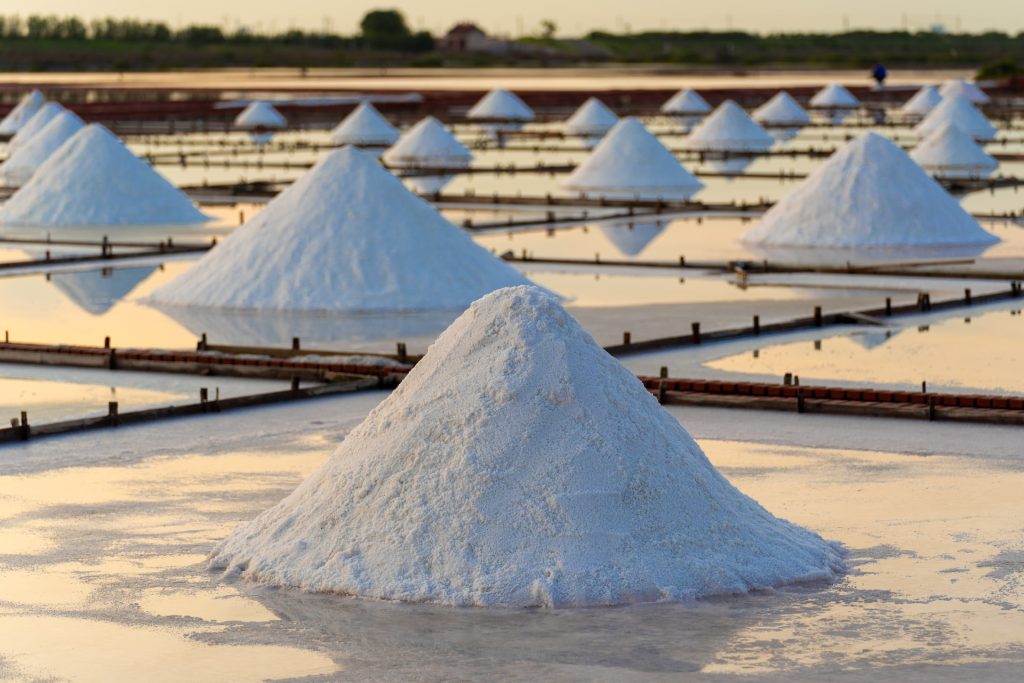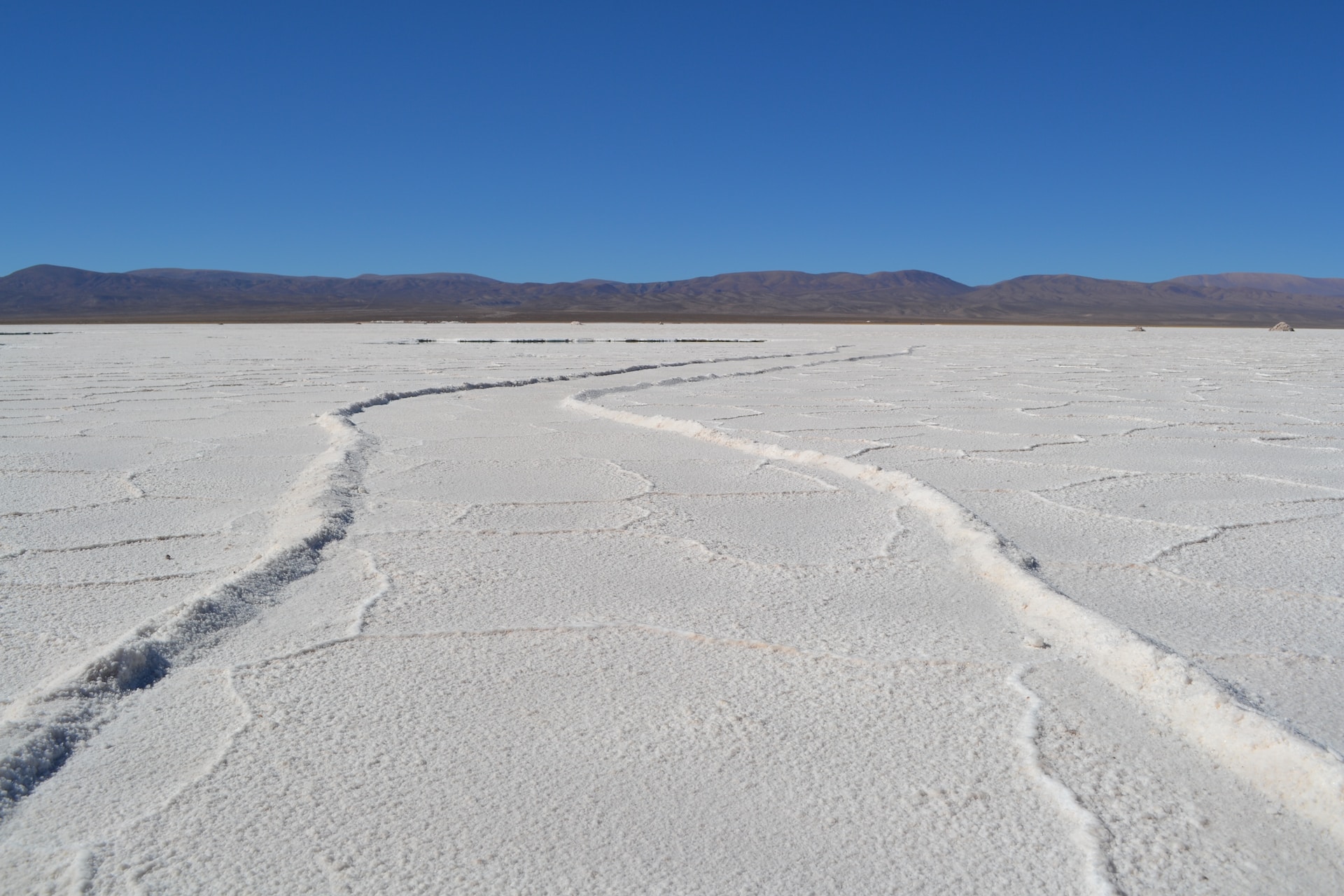
Assessing the Carbon Capturing Might of UK Saltmarshes: A Pioneering Initiative
The first-ever network of greenhouse gas monitoring stations gets underway to ascertain the potential of saltmarshes in the battle against climate change.
In a pioneering effort to boost national endeavours in combatting climate change, scientists have begun setting up a first-of-its-kind network of greenhouse gas monitoring stations, strategically placed across the saltmarshes skirting the UK coast.
Greenhouse Monitoring: An Overview
Led by the UK Centre for Ecology & Hydrology (UKCEH), the ambitious initiative has seen the successful establishment of two flux systems in the Ribble Estuary. This accomplishment will be soon followed by the addition of more monitoring stations at Essex Marshes and The Wash in East Anglia in the subsequent months.
These flux towers are not mere installations; they are state-of-the-art structures designed to meticulously measure the amount of carbon dioxide that the saltmarsh ecosystem absorbs from the atmosphere and subsequently stores as carbon. With precise data in hand, these measurements could provide the essential evidence required to green-light investment in the restoration of these invaluable coastal wetlands.
The Decline of Saltmarshes: A Brief History
Once a flourishing feature of the UK coastline, saltmarshes have seen a significant decline in numbers. A staggering 85% of these natural carbon sinks have been lost since the mid-1800s. The culprits? A combination of land reclamation from the sea for various purposes such as agriculture, developmental projects, and coastal flood defenses. Add to this the degradation through unchecked pollution and the insidious rise in sea levels, and the saltmarshes’ ability to act as buffers against greenhouse gases diminishes dramatically.
When these marshes destabilise, the repercussions are significant. The sediment erodes, and the greenhouse gases, which are naturally produced within the soil, are released into the atmosphere at amplified rates, thereby exacerbating the climate crisis.

The Potential of Saltmarshes: More than Just Coastal Beauty
Saltmarshes, with their intricate ecosystems, play a pivotal role in carbon sequestration. Their potential to act as natural carbon sinks can’t be stressed enough, especially in an era where the race against rising CO2 levels is at its most critical. Harnessing this natural power could serve as an efficient strategy to counterbalance human-made emissions.
Looking Ahead: The Promise of Restoration
With the data from the greenhouse gas monitoring stations, there lies hope for a renewed focus on saltmarsh restoration. Recognising their immense ecological value and their role in climate mitigation could pave the way for more significant investments in reviving these coastal wetlands.
In conclusion, as the UK strides forward in its mission to combat climate change, initiatives like the greenhouse gas monitoring network on saltmarshes could be game-changers. These coastal wetlands, often overlooked, may just hold a significant piece of the puzzle in the fight against global warming. As the monitoring progresses, the country might discover that the key to a sustainable future lies, in part, within the intricate ecosystems of its coastlines.
©eco-guardians.org